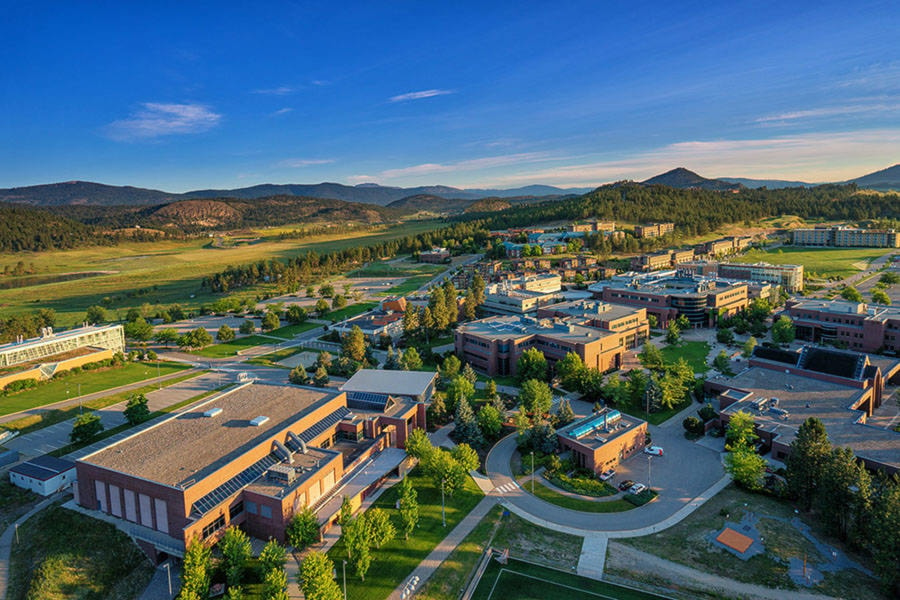While UBC Okanagan is first and foremost a post-secondary education institution, the impact of the Kelowna campus on the valley economy over the next 20 years carries significant implications.
Measured in terms of hundreds of millions of dollars, UBCO’s strategic outlook from now until 2040 will cover a wide swath of economic development, from research and innovation to training the workforce required for the next 20 years.
“The Okanagan campus will be a thriving UBC community of over 20,000 people including 18,000 students and 500 faculty members,” states a report titled Outlook 2040 submitted to Kelowna council for consideration at Monday’s council meeting.
The report was originally requested in 2018 by UBC’s Board of Governors of the university leadership to offer an outlook for the Kelowna campus expectations by 2040, to assist with in consideration of future capital and resource needs for the campus.
According to the report, one of those expectations is $452 million in capital investment will take place at UBCO over the next 20 years, while funding for research and innovation initiatives is expected to reach $100 million annually.
RELATED: UBCO student population continues to grow
RELATED: UBCO seeks city council support for large research centre
RELATED: UBCO celebrates growth and diversity
Among those capital expenditures will be $20-25 million for academic and research needs, $130 million for functional planning of the next major academic building, building the Learning Factory research centre at $78 million, and $15 million to enhance graduate student funding.
The report estimates 77 per cent of the jobs created in B.C. over the next decade will require some level of post-secondary education or training, while only three per cent of these positions will be available for those with only a high school education.
“While B.C. tops Canada in the percentage of its population who complete high school education, its average percentage of population with post-secondary credentials and graduate degrees falls below the Canadian average…,” states the report.
The Outlook 2040 objectives also focus on post-secondary education participation for Indigenous learners, which currently sits at a level of 22.9 per cent compared to 45.1 per cent for non-Aboriginal learners.
The report says this is a critical assessment given that growth in B.C.’s Indigenous population is substantially higher than the overall provincial averages, noting that the Westbank First Nation population alone increased by 27.9 per cent from 2011-2016.
“We recognize that closing the university participation gap for Indigenous populations is not only a moral imperative, but also one that presents huge potential benefits to Canadian society,” said the report.
The report also highlights the growth of the high-tech sector in the valley, seeing a 24 per cent increase from 2013 in economic activity related to the Okanagan technology sector.
barry.gerding@blackpress.ca
Like us on Facebook and follow us on Twitter
